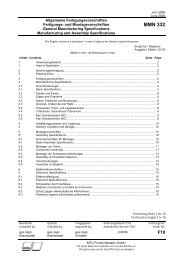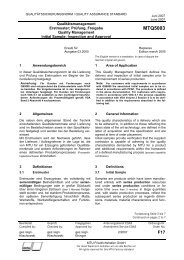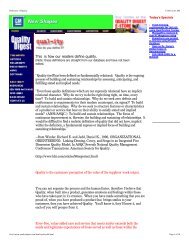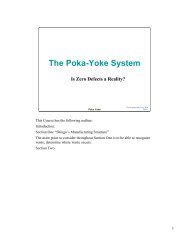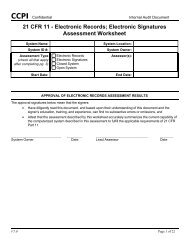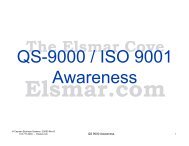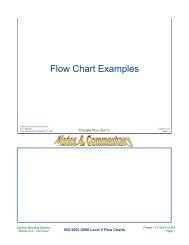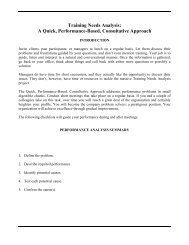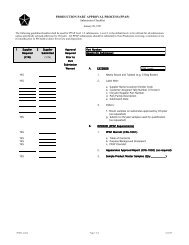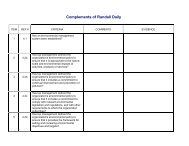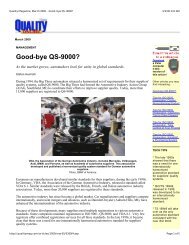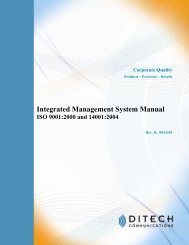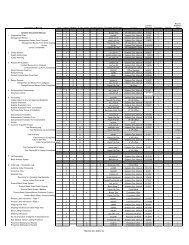Global Automotive Declarable Substance List (GADSL)
Global Automotive Declarable Substance List (GADSL)
Global Automotive Declarable Substance List (GADSL)
Create successful ePaper yourself
Turn your PDF publications into a flip-book with our unique Google optimized e-Paper software.
Criteria for <strong>Declarable</strong> <strong>Substance</strong>s<br />
The decision to list a substance on the <strong>GADSL</strong> is based on the following criteria:<br />
• The substance should be expected to be present in a material or part in the vehicle.<br />
Either of the following conditions should apply:<br />
The substance is regulated 1 , or is projected to be regulated by a governmental<br />
agency or authority, or<br />
It is demonstrated, by testing under OECD (Organization for Economic<br />
Cooperation & Development) guidelines for testing chemicals, conducted under<br />
Good Laboratory Practice (according to the OECD Principles on Good<br />
Laboratory Practice as revised in 1997), that the substance may be associated<br />
with a significant hazard to human health and/or the environment, and its<br />
presence in a material or part in a vehicle may create a significant risk to human<br />
health and/or the environment. Other scientifically valid methodology, based on<br />
the weight of evidence, may also be considered.<br />
• A substance that causes a functional problem in vehicle design may be included if its<br />
presence in a vehicle part exceeds a level shown to be problematic by an<br />
international industry standard test 2 .<br />
• Reportable threshold levels will be based on the lowest level required by regulation<br />
or reasonably required by scientific evaluation.<br />
<strong>Declarable</strong> <strong>Substance</strong> Classification<br />
A reportable substance when present in a material or part in a vehicle will be shown on<br />
the <strong>GADSL</strong> with a classification of “P” or “D”, defined as follows:<br />
Depending on its specific application, the same substance could be classified “P” in one<br />
end use, and “D” in another end use. When this is the case, both classifications for the<br />
substance will be shown on the <strong>GADSL</strong> with examples under the application column.<br />
Declaration thresholds are defined by specific application of the substance in<br />
automotive parts. Any reportable substance below the declaration level does not have<br />
to be reported. These levels, unless otherwise indicated, are 0.1 g/100g (weight %) of<br />
non-separable, homogeneous materials, not on the total content in the component or<br />
assembly.<br />
P = Prohibited<br />
A substance designated “P” is either prohibited by regulation for use in certain<br />
applications or may not exceed regulated threshold limits.<br />
1 Due to potential effects on human health or the environment related to the <strong>Automotive</strong> industry<br />
2 Examples would be emissions, like odor testing or fogging. Currently there are numerous tests.<br />
Development of a quantitative industry standard test would reduce resource requirement and uncertainty<br />
for the supply chain.<br />
2009 <strong>GADSL</strong> Version 1.0 Page 3 of 44



